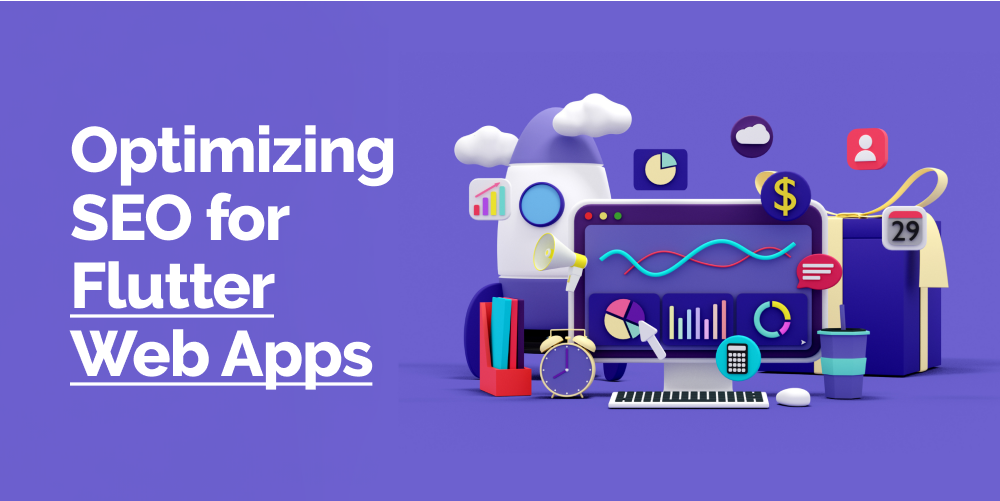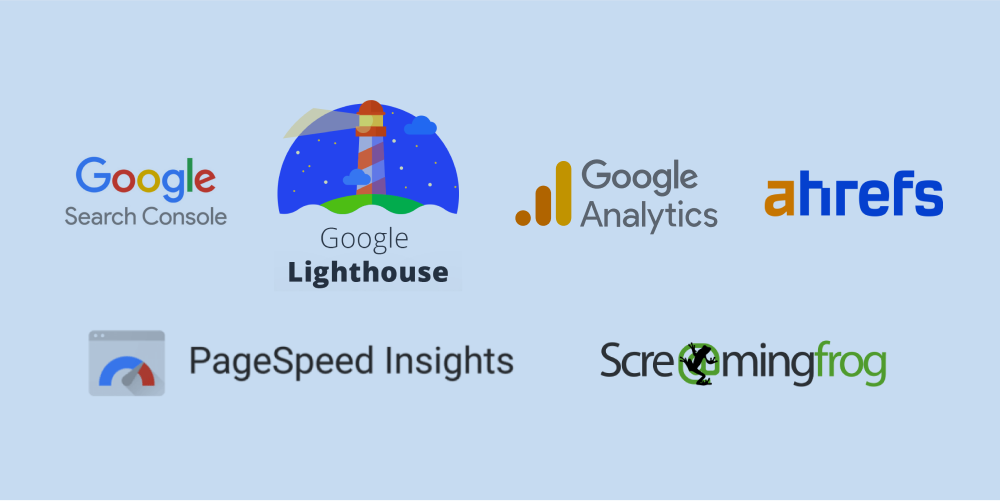Software Development, zBlog
Unlocking the SEO Potential of Flutter Web Apps
atif | Updated: February 16, 2024

Introduction
Flutter is quickly becoming a top choice for cross-platform app development. With Flutter 2.0, developers can also build web experiences from the same Dart codebase. However, many wonder if Flutter web apps can deliver the same SEO capabilities as traditional JavaScript frameworks.
The answer is yes – with the right strategy, Flutter web apps can drive organic search traffic and compete with alternatives like React and Angular. In this guide, we’ll explore how to optimize your Flutter website for search engines through proper SEO implementation.
Why Flutter for Web Development?

First, let’s look at some key advantages of using Flutter for the web:
- Cross-platform code reuse – Write once in Dart for native mobile, web, and desktop apps
- Familiar development – Leverages existing Flutter UI widgets and programmatic approach
- High performance – Skia 2D rendering engine provides speed and smooth animations
- Great design experience – Expressive UI framework with customizable widgets
Flutter compiles native ARM code on mobile and JavaScript on the web for broad platform support. The web compiler has matured tremendously in recent versions. Plus, Flutter offers built-in SEO capabilities that make it web-friendly.
How Crawling and Indexing Works
Before diving into optimization strategies, it helps to understand how search engines crawl and index Flutter sites:
- JavaScript generation – Flutter compiles to JavaScript during build to run in the browser
- Indexed code – Search bots index the static HTML markup and JavaScript
- Single page application – The Flutter router enables SPA-style navigation
- Static assets – Assets like images get serialized into the compiled JavaScript
So despite the dynamic Dart code, search engines still see standards-based HTML, CSS, and JavaScript like any traditional website.
Critical SEO Considerations

Flutter’s web support opens the door to SEO success, but you still need to apply key best practices:
- Mobile-first indexing – Google and Bing now index mobile content first, so optimize for mobile screens.
- Page speed – Faster websites rank better. Minify code, enable caching, compress images, and optimize performance.
- URL structure – Use simple semantic URLs that reflect page content hierarchy.
- Link architecture – Make navigation and links crawler-friendly so bots can index all pages.
- Structured data – Implement schema.org structured data for richer indexing.
- Accessibility – Ensure your website is accessible to users with disabilities through proper ARIA attributes.
Adhering to established SEO fundamentals is the first step. Next, we’ll explore Flutter-specific optimizations.
Optimizing App Structure
A well-structured Flutter app aids SEO through an intuitive page hierarchy and linked navigation. Best practices include:
- Logical routes – Name routes semantically like /products, /contact, /about-us
- Multi-level routing – Reflect relationships like /products/smartphones
- Descriptive title and headers – Set unique, keyword-rich titles and H1 headers for each page
- Persistent tabs – Use persistent bottom tabs for primary sections like Shop, Learn, About Us
- Linked internal navigation – Link to related content using relative links like products/tablets
A clean route structure, distinct page titles, and contextual header tags help search bots index your app pages and understand the content on each one.
Driving Organic Traffic

Attracting search traffic requires an optimized technical foundation and compelling content. Tactics to boost organic visits include:
- Keyword research – Identify high-traffic keywords aligned with your products or services. Optimize pages to rank for target phrases.
- Content creation – Produce useful, original blog content that engages visitors. Promote via social media.
- Backlinks – Build quality backlinks from trusted sites to improve domain authority.
- Local SEO – Optimize for local search results by adding your business info like address, and phone number.
- Site speed – Benchmark and improve website performance using Lighthouse audits. Every bit of speed helps.
- Analytics – Track keyword rankings and organic traffic in Google Analytics. Monitor changes after optimizations.
Driving organic search takes time, but the traffic has tremendous lifetime value compared to paid channels.
Common Flutter SEO Mistakes to Avoid
When first optimizing a Flutter site, there are a few common mistakes that can negatively impact rankings:
- Generic titles and meta descriptions
- Leaving out alt text for images
- Slow initial route transitions
- Identical content across different routes
- Cluttered navigation with too many options
- Blocking search engine crawlers
- Missing sitemap.xml and robots.txt files
Be vigilant to avoid these issues that can undermine your SEO foundations.
Tools for SEO Analysis

Use these essential tools to analyze and refine your Flutter website’s SEO performance:
- Google Search Console – Monitor index status, crawling errors, links, and mobile usability
- Google Analytics – GA4 is used to track organic traffic sources, rankings, and keyword conversions
- PageSpeed Insights – Check site speed on mobile and desktop
- Lighthouse – Audit for PWA, accessibility, SEO, and performance best practices
- AHREFS – Research keywords, backlink opportunities, and competitive site audits
- ScreamingFrog – Crawl site to identify technical SEO issues
Leverage these free tools and search analytics data to maintain and improve your Flutter site’s search presence.
Voice Search Optimization

With voice searches growing, make sure to optimize your Flutter website for voice-first results:
- Natural language – Use natural language and conversational wording on site and meta descriptions.
- FAQ schema – Add FAQPage schema markup to highlight common questions.
- Featured snippets – Optimize content for featured snippets that appear in voice results.
- Speakable text – Format key content in a speakable manner for screen readers.
Optimizing for voice search provides another channel to increase organic visibility.
Closing Thoughts
As we’ve explored, Flutter web apps can deliver the same SEO capabilities as traditional frameworks when the proper techniques are implemented.
Start with site architecture and technical foundations, produce search-friendly content, and leverage tools to track and improve organic growth over time. Voice search optimization and mobile responsiveness are also key.
With the right development approach, Flutter can drive sustainable SEO traffic and reach searchers on Google and other search engines. Leverage these best practices to maximize your Flutter website’s search potential.
Conclusion
In an era dominated by smartphones, the demand for cross-platform mobile app development has surged exponentially. At Trantor, we offer cutting-edge services catering to the innovation needs of businesses, irrespective of their scale, from small and medium enterprises to billion-dollar corporations. Our experienced team excels in leveraging a variety of frameworks and tools, including Xamarin, Sencha, Cordova/Ionic/PhoneGap, Cocos 2DX, and Flutter, ensuring seamless user experiences across diverse devices and operating systems.
From conceptualization to deployment, we follow an experience-driven approach, ensuring continual growth and development throughout the app development lifecycle. Whether it’s consultancy, UI/UX design, custom development, integration, testing, launch, or ongoing maintenance and optimization, our services are geared towards delivering exceptional value to our clients.
Having collaborated with companies across various industries such as healthcare, finance, entertainment, and retail, we understand the importance of tailoring solutions to meet specific business objectives. Our end-to-end approach and client-centric processes enable us to deliver technologically-led multiplatform apps that drive tangible business outcomes.
With a focus on security, performance, and user experience, we prioritize the safety and satisfaction of our clients and their end-users. Through meticulous planning, transparent communication, and unwavering support, we ensure that our clients receive not just a product, but a partnership that propels their success in the ever-evolving digital landscape.

https://www.trantorinc.com/contact-us/



